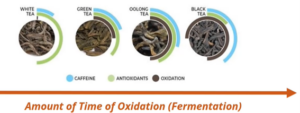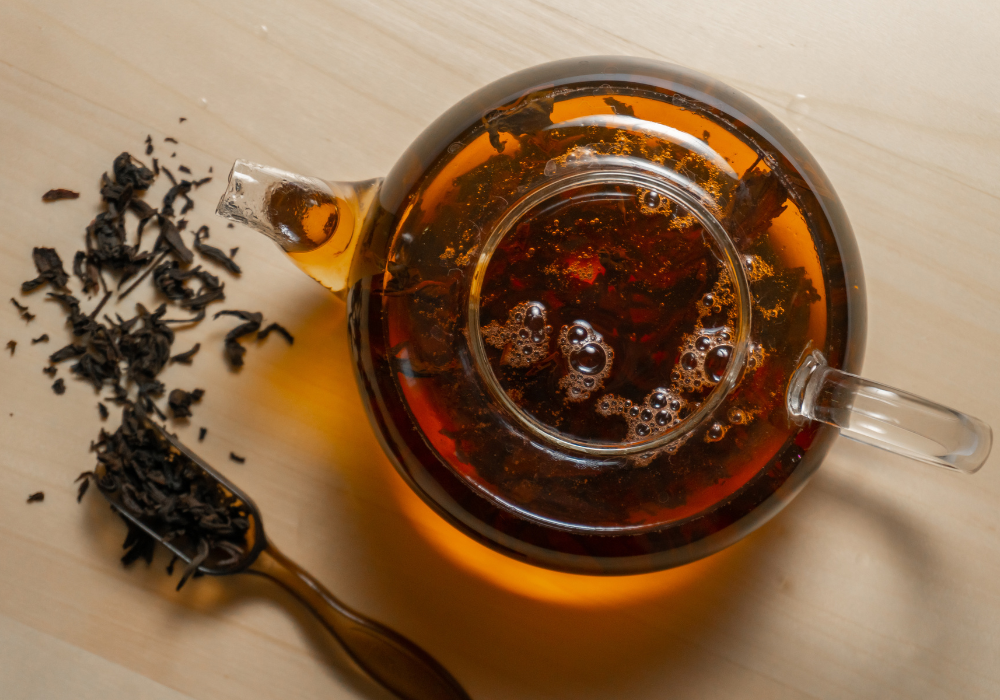The history of tea
Tea boasts a rich history dating back thousands of years. Legend has it that in 2737 BC, Chinese Emperor Shen Nung stumbled upon this drink when tea leaves accidentally fell into his boiling water, giving birth to the world’s first cup of tea. From its origins in ancient China, tea gradually spread across the Far East, captivating hearts and palates along its journey.
Fast forward to the 17th century, and tea found its way to Europe, thanks to Dutch traders who brought it back from their Far Eastern expeditions. By the 18th century, tea had firmly established its place in England, with the East India Tea Company monopolizing its import. Across the Atlantic, the United States welcomed its first shipment of tea around 1650, igniting a love affair that would shape the beverage’s history.
The first iced tea
In 1904, at the St. Louis World’s Fair, a scorching summer’s day inspired the creation of iced tea. Too hot to serve traditional hot tea, a vendor added ice to his brew, giving rise to a refreshing sensation which captivated fairgoers. Since then, iced tea has become an American favorite, with approximately 85% of all tea consumed in the U.S. enjoyed over ice.
From plant to cup
Tea begins its journey as Camellia Sinensis, a versatile plant thriving in tropical and subtropical climates. Tea plants are cultivated at elevations of 6,000 feet or higher and yield delicate leaves, which are carefully plucked by skilled harvesters. The withering, rolling, oxidation and firing phases meticulously transform these leaves into the fragrant brews we savor.

Exploring tea types
Tea aficionados delight in a spectrum of flavors, from the robustness of black tea to the subtle elegance of green tea. Each tea type undergoes a unique process, resulting in distinct characteristics. Whether it’s the briskness of Indian black tea or the delicate notes of Chinese green tea, there’s a brew to suit every preference.
Crafting the perfect cup
The art of blending considers whether the tea will be enjoyed hot or iced, selecting leaves that complement the desired taste profile. From milder blends for hot tea to bolder concoctions for iced beverages, each blend is crafted with precision to delight discerning palates.
Grading and packaging
Tea grading ensures operators receive the quality and value essential to their establishments. From whole leaf teas cherished for their visual appeal to broken leaf teas ideal for tea bags, each grade caters to diverse preferences. Modern packaging methods, from traditional tea bags to sophisticated sachets, preserve the freshness and flavor of teas, ensuring every cup is a delight.
